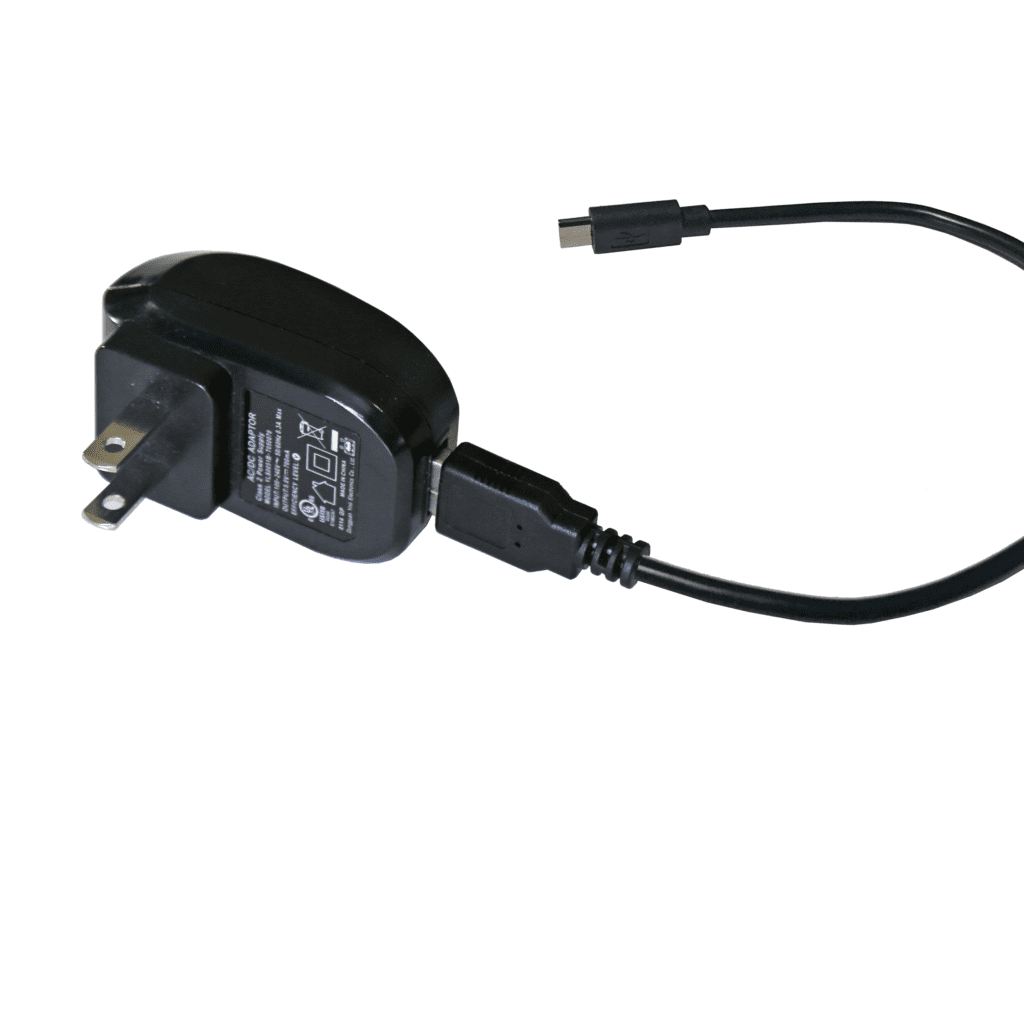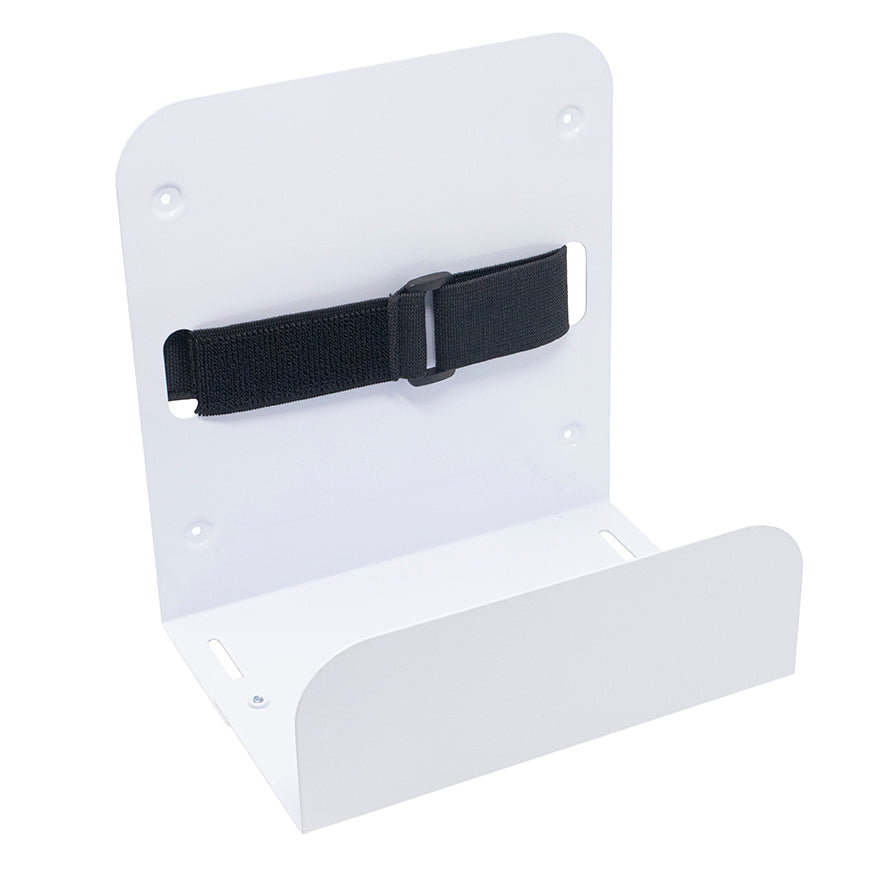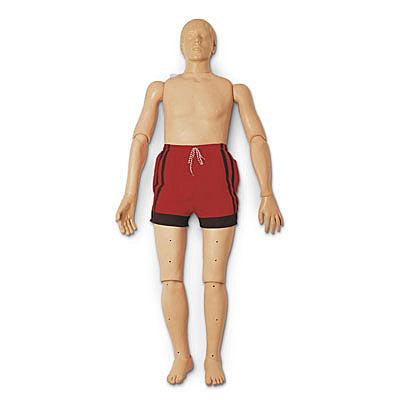As students head back to school and community centers see renewed activity, ensuring the safety of these spaces becomes paramount. One crucial safety measure is the presence of an Automated External Defibrillator (AED). Sudden cardiac arrest can strike anyone, anywhere, and at any time—including children and teenagers. Having an AED on-site can mean the difference between life and death.
AEDs are designed to be easy to use, even for those without medical training. They guide users through every step with clear instructions, making them an invaluable tool in emergencies. Schools and community centers are places where large groups gather, increasing the likelihood of cardiac incidents. The presence of an AED ensures that in the critical minutes before emergency services arrive, life-saving intervention can begin.
As we prepare for the new school year, now is the perfect time to ensure that your school or community center is equipped with this vital device. It's a simple step that can save lives and provide peace of mind for everyone involved.
An Automated External Defibrillator (AED) is a life-saving device designed to help those experiencing sudden cardiac arrest (SCA). It’s portable, easy to use, and designed to be used by anyone, even those without medical training. AEDs work by delivering an electric shock to the heart to restore a normal rhythm, significantly increasing the chances of survival when administered promptly.
Suggested AED:
The ZOLL AED3 is ideal for schools and community settings because of its intuitive design, which includes real-time CPR feedback to guide rescuers with visual and audio cues. Its child mode allows for quick adjustments to treat pediatric patients without the need for extra equipment, making it versatile and user-friendly. Additionally, the AED3's WiFi connectivity ensures that the device is always ready for use by providing automatic self-checks and alerts, giving peace of mind in emergency preparedness.














